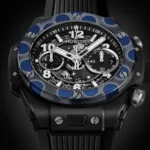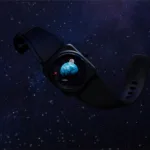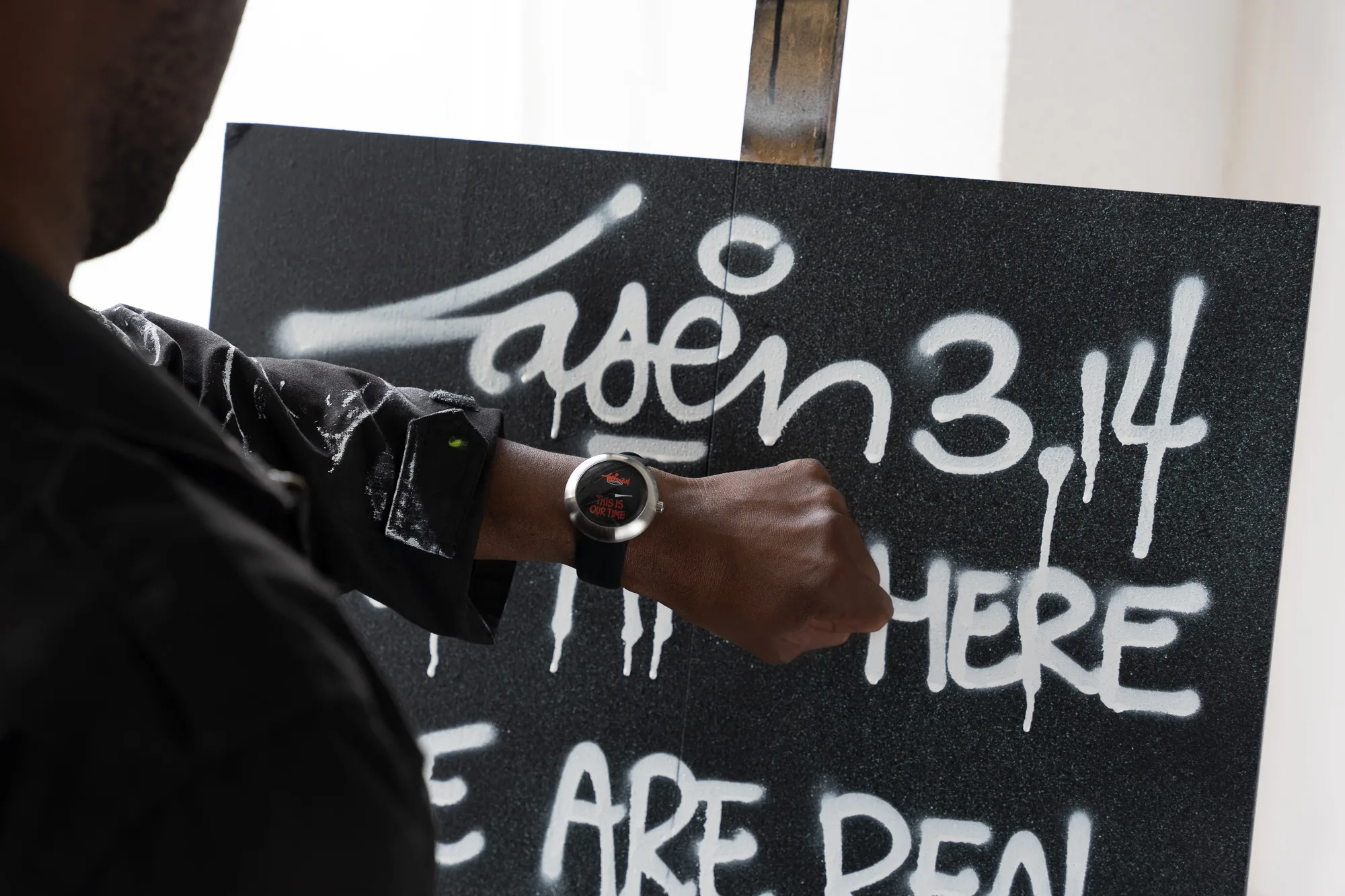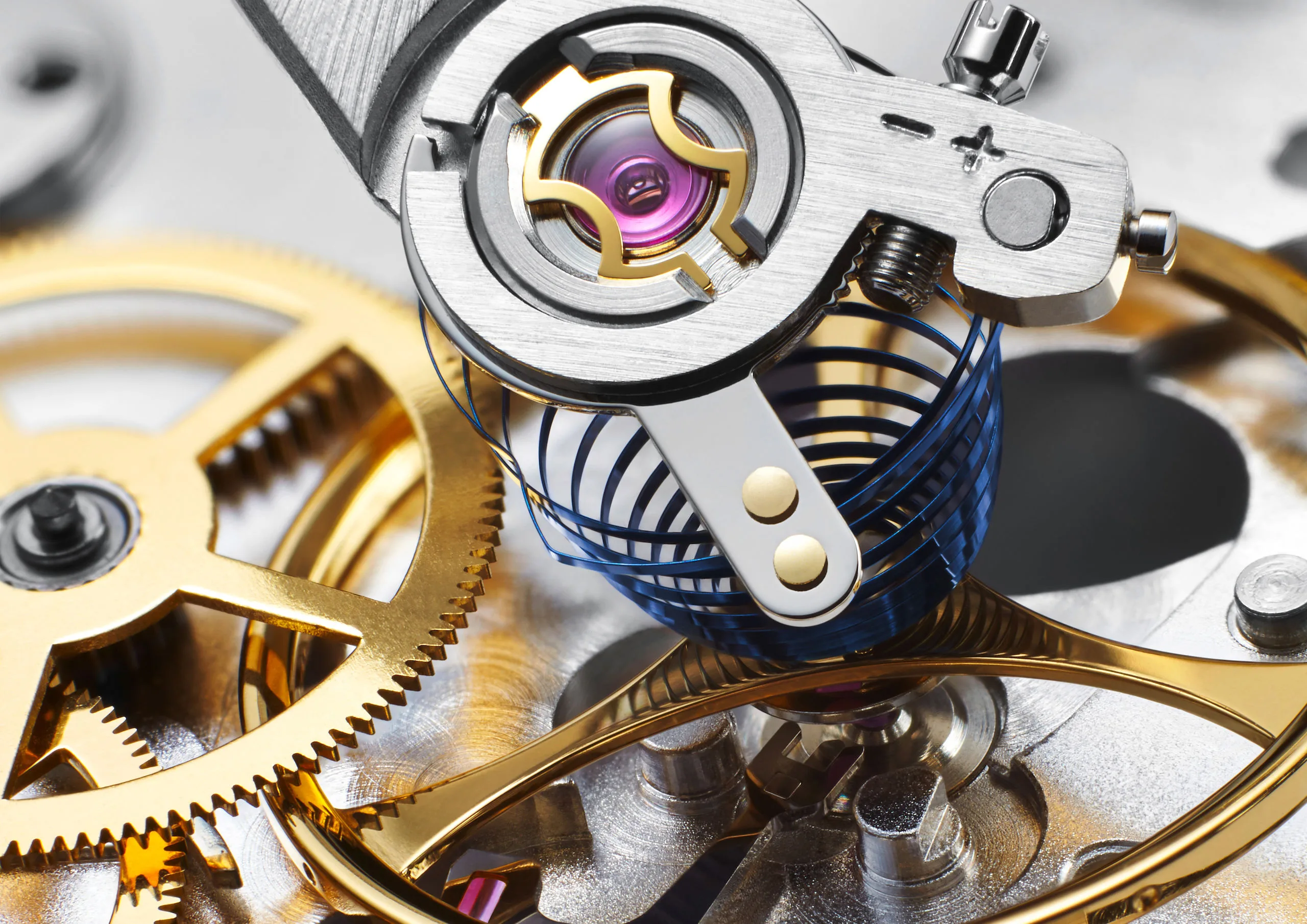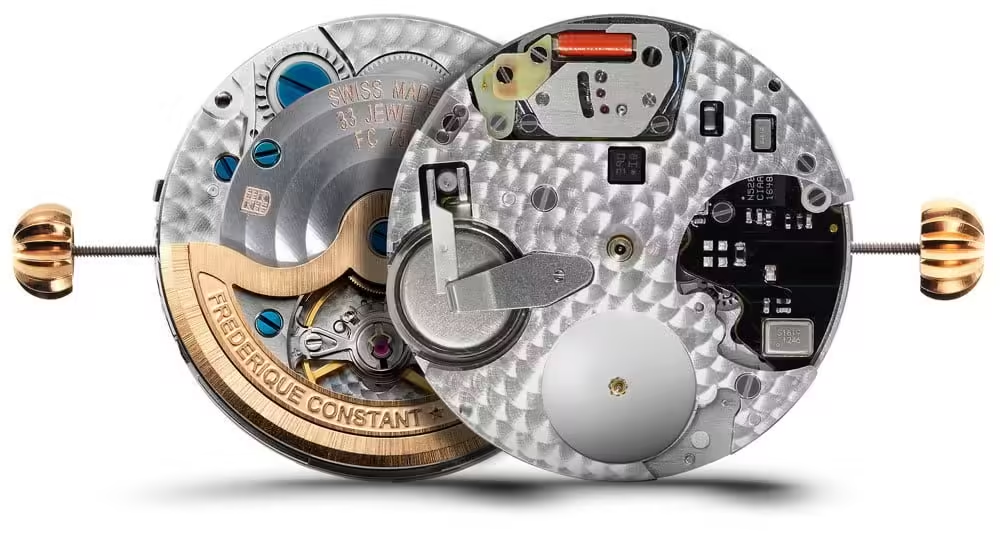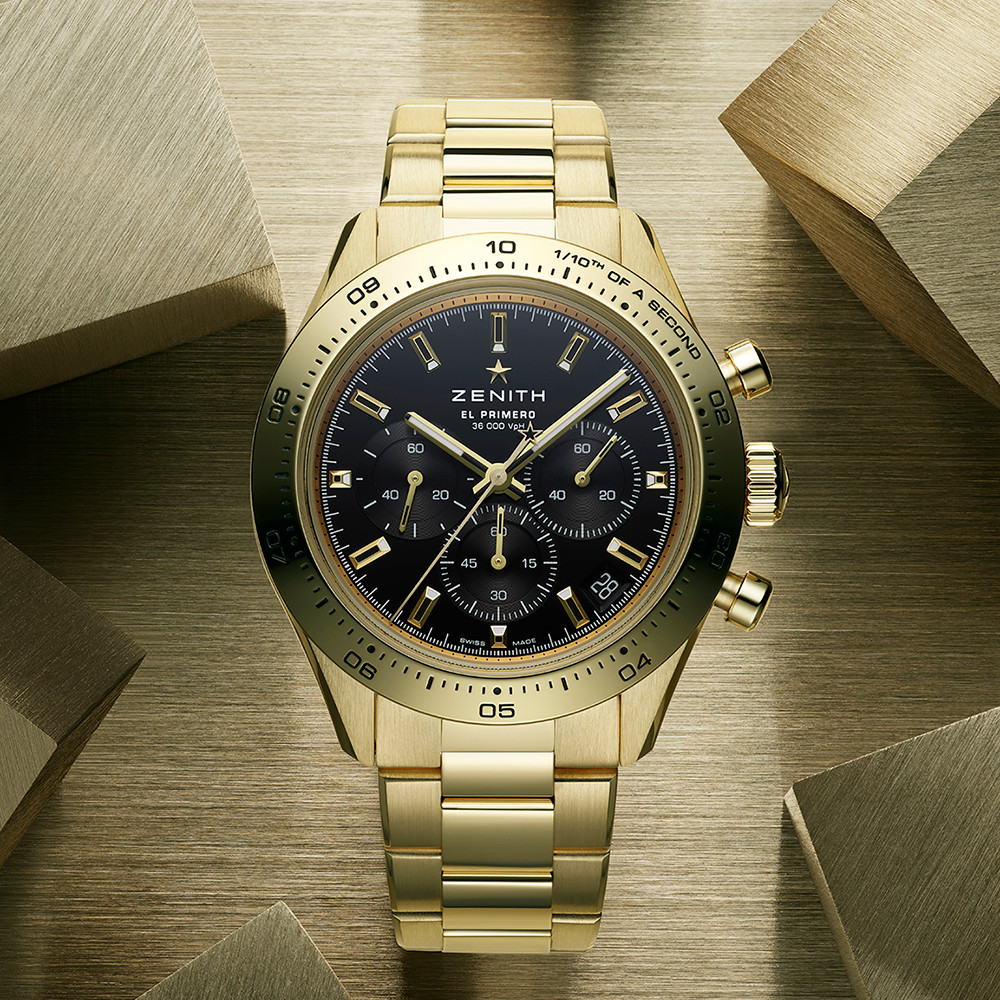Introduction
Timekeeping is an essential aspect of human civilization, enabling societies to organize daily activities, agricultural practices, and religious rituals. Over the centuries, the methods and tools for measuring time have evolved dramatically, reflecting advancements in technology, science, and cultural priorities. This essay explores the rich history of timekeeping, from ancient sundials and water clocks to the precise atomic clocks of the modern era.
Ancient Timekeeping Methods
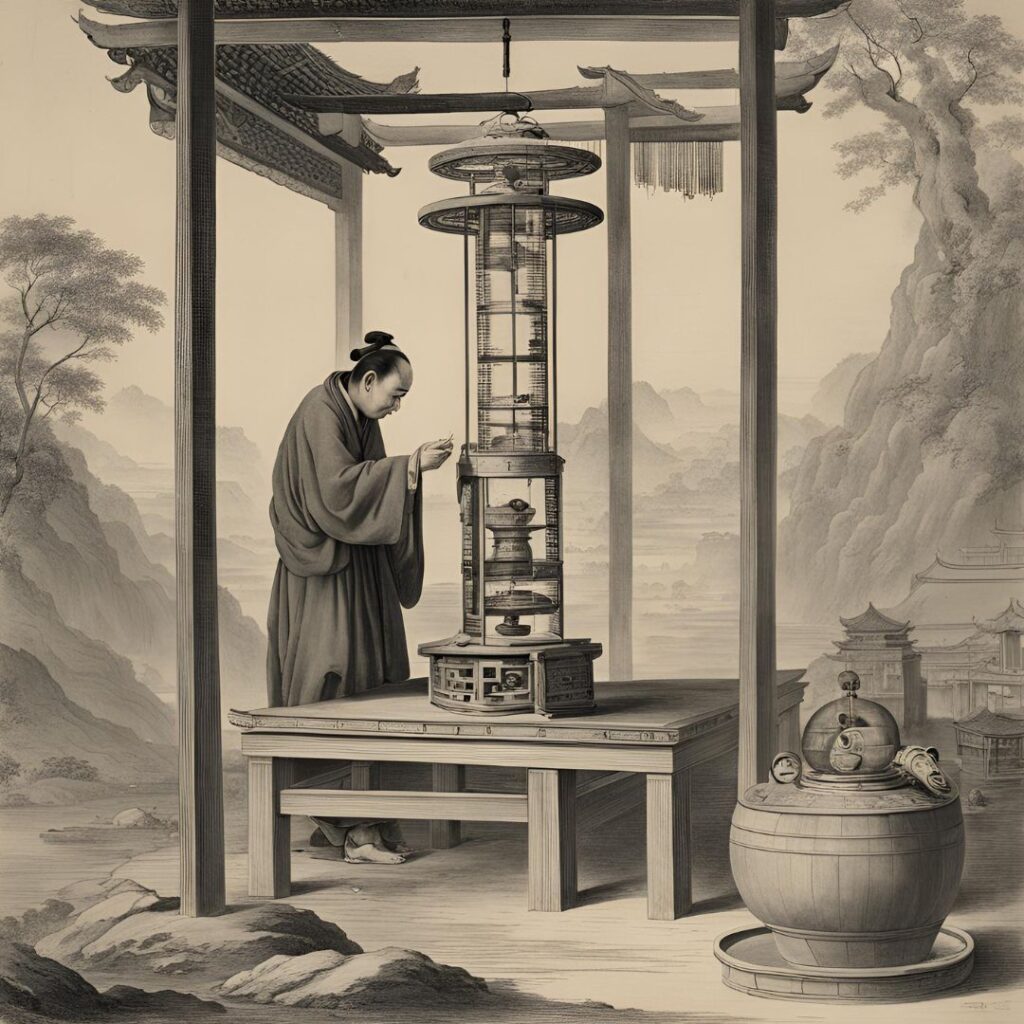
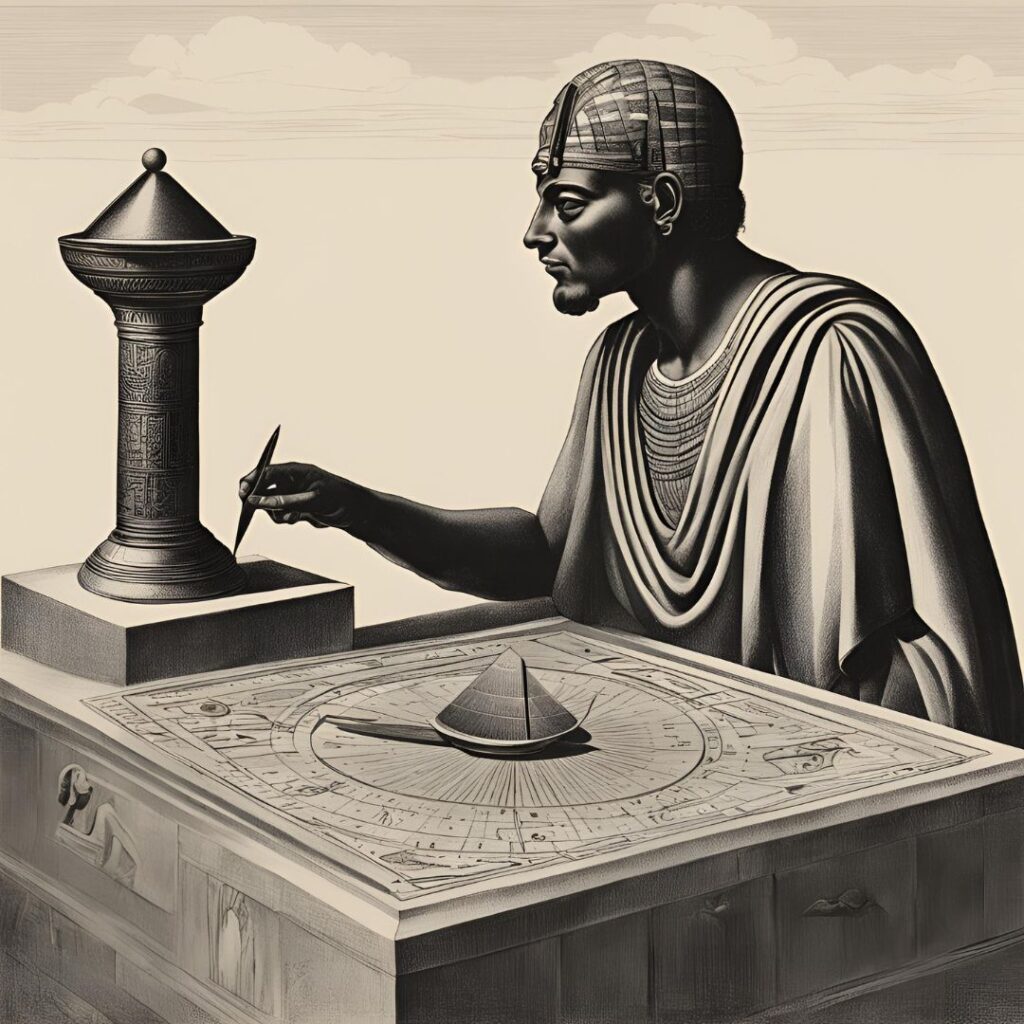
Sundials
One of the earliest known timekeeping devices is the sundial, which dates back to ancient Egypt around 1500 BCE. Sundials measure time by casting a shadow on a flat surface marked with hours. The position of the shadow changes as the sun moves across the sky, providing a relatively accurate measure of time during daylight hours.
Water Clocks
Water clocks, or clepsydrae, were used by ancient Egyptians, Greeks, and Chinese. These devices measure time by the steady flow of water from one container to another. The Greeks improved the design by adding a float and a graduated scale to indicate the passage of time. Water clocks were advantageous because they could measure time continuously, day and night.
Candle Clocks
Candle clocks were another early timekeeping method, particularly in ancient China and medieval Europe. These devices involved marking candles with intervals. As the candle burned, the passage of time could be measured by the remaining length of the candle. While not very precise, candle clocks were useful for measuring longer periods.
Medieval Timekeeping
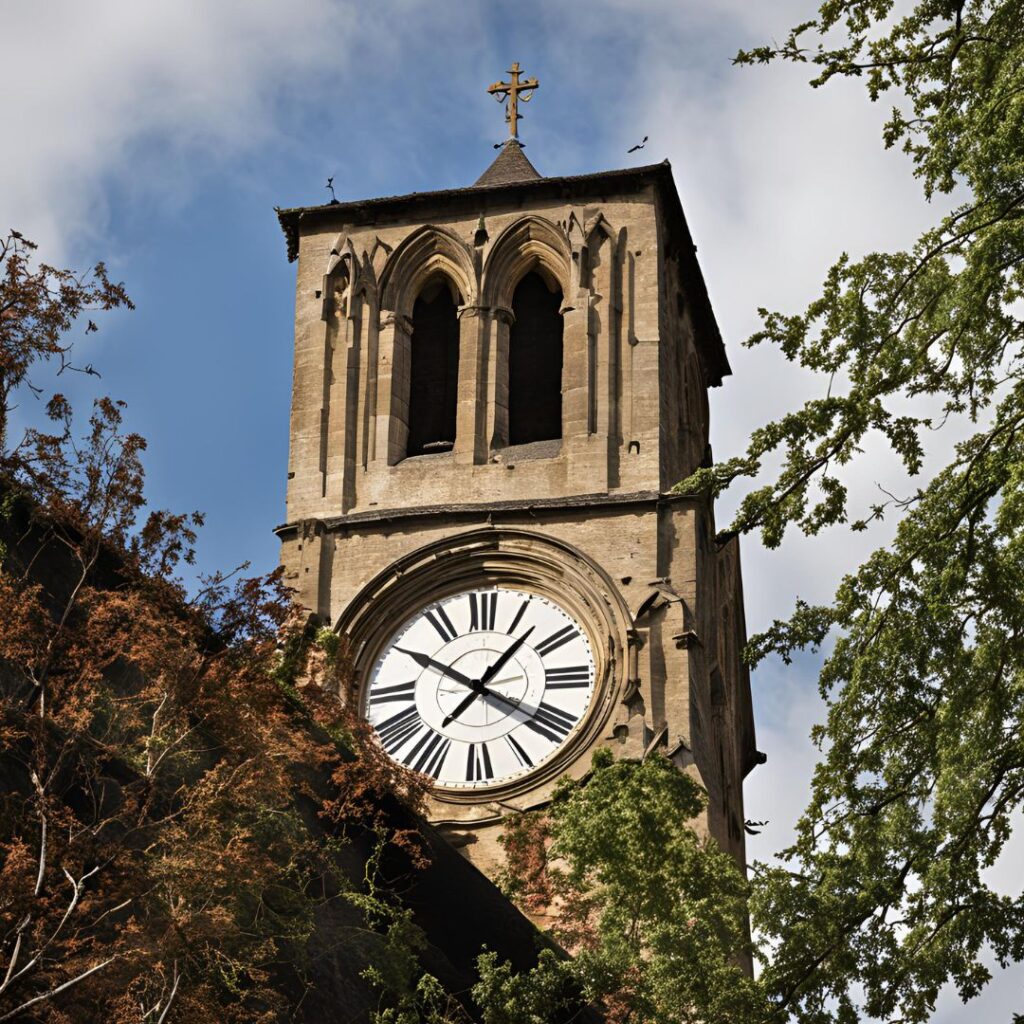
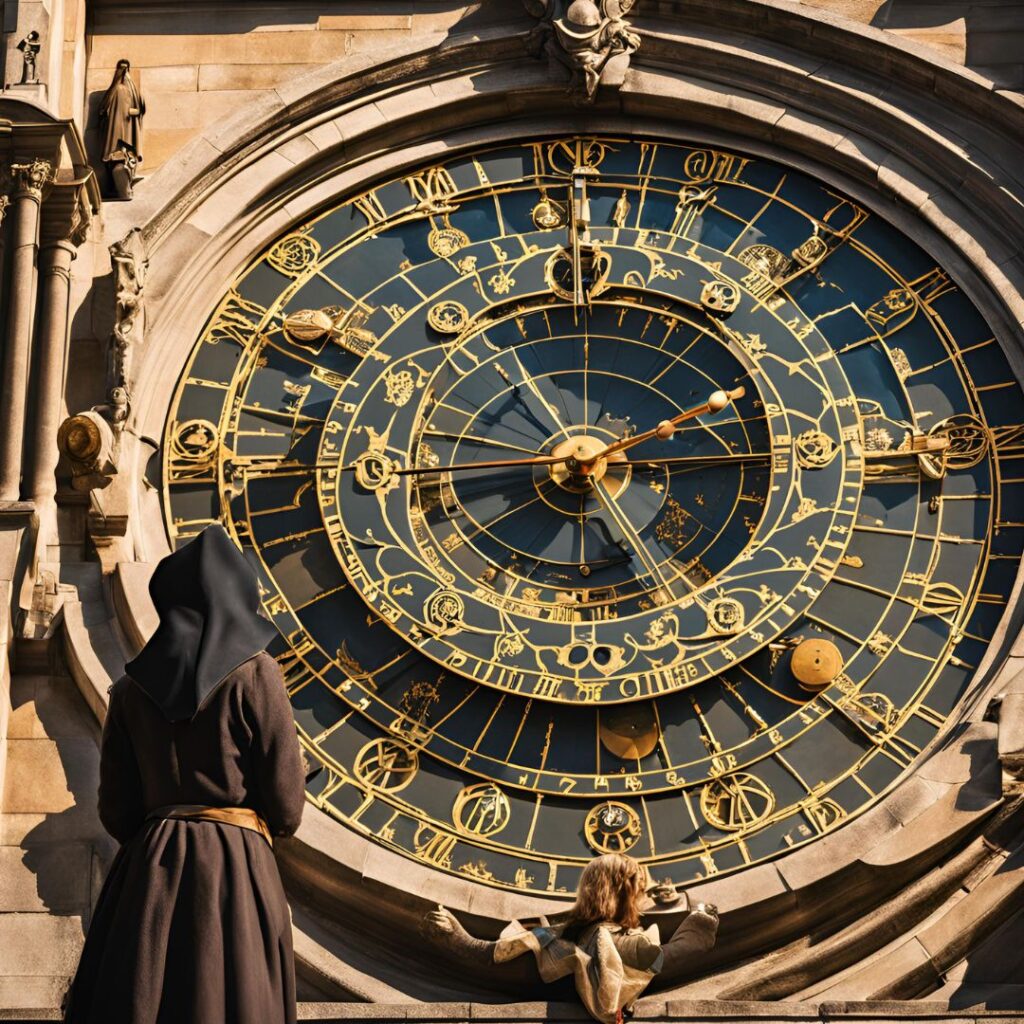
Mechanical Clocks
The advent of mechanical clocks in the 13th century marked a significant advancement in timekeeping technology. These early clocks used gears, weights, and escapements to regulate time. The first mechanical clocks were large and often installed in church towers, where they were used to signal the time for religious activities and public events.
Astronomical Clocks
Astronomical clocks, developed during the late medieval period, incorporated celestial models to display the positions of the sun, moon, and sometimes the planets. These clocks were not only used for timekeeping but also for predicting astronomical events. The famous astronomical clock in Prague, built in 1410, is a notable example of this sophisticated technology.
Renaissance and Enlightenment
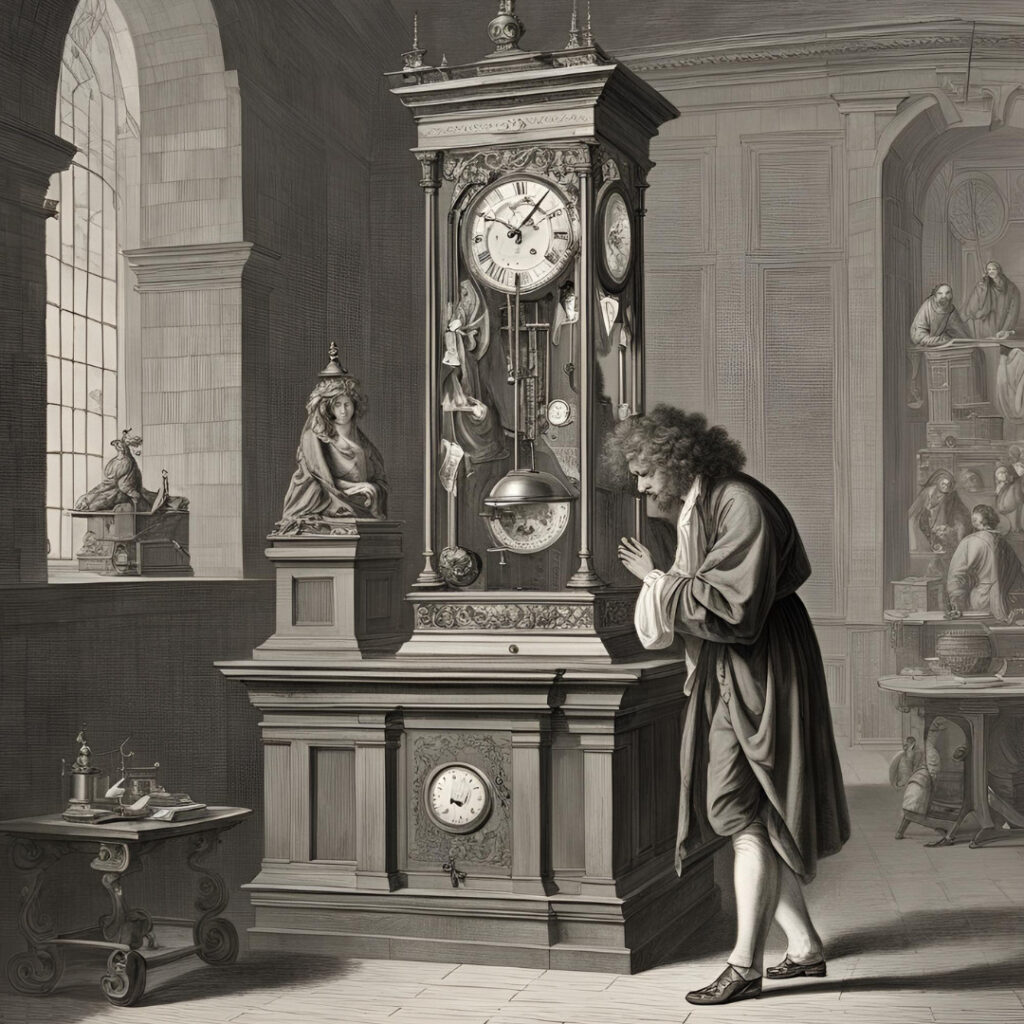
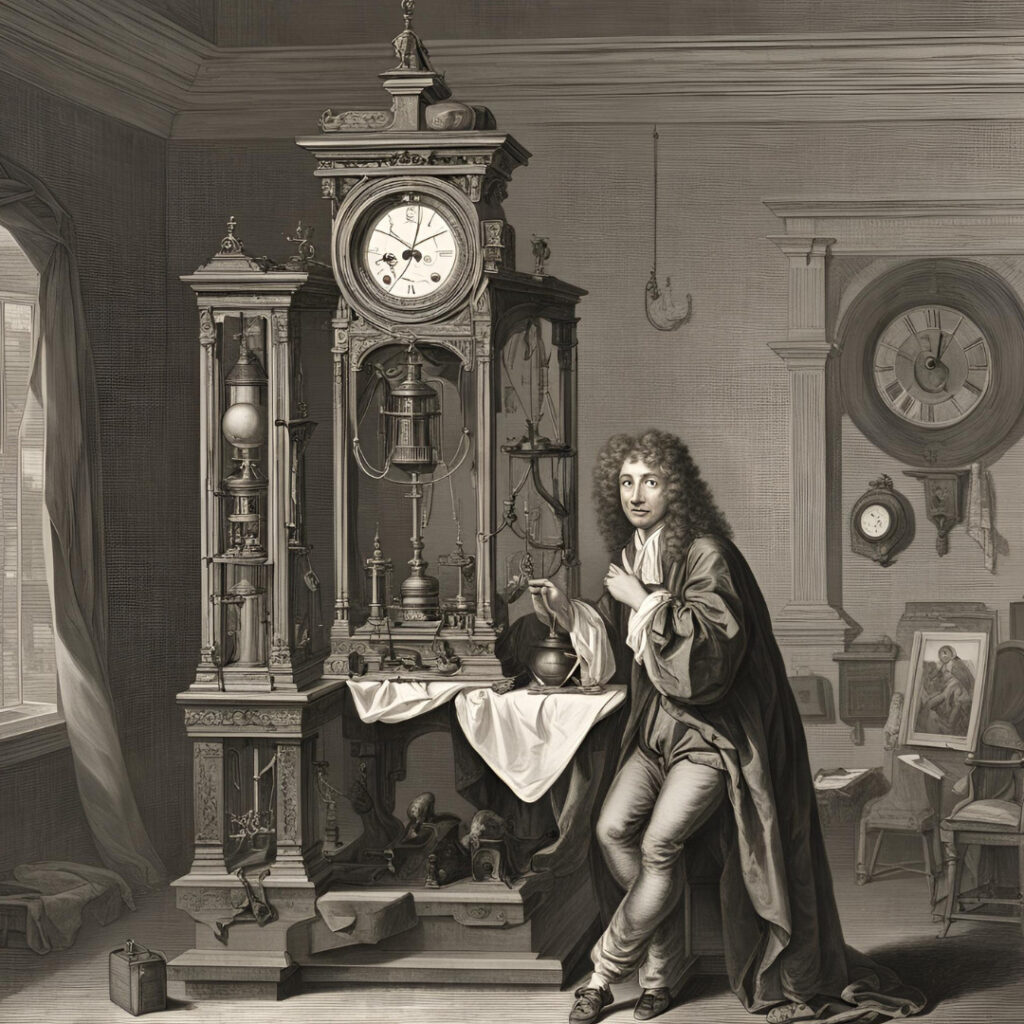
Pendulum Clocks
The invention of the pendulum clock by Christiaan Huygens in 1656 revolutionized timekeeping. Pendulum clocks significantly improved accuracy, with errors of less than one minute per week. This precision was achieved by the regular swinging motion of the pendulum, which controlled the movement of the clock’s gears.
Marine Chronometers
In the 18th century, the development of marine chronometers by John Harrison solved the critical problem of determining longitude at sea. These highly accurate clocks were essential for navigation, allowing sailors to calculate their position with precision. The marine chronometer’s invention had a profound impact on maritime exploration and trade.
Industrial Revolution and Beyond
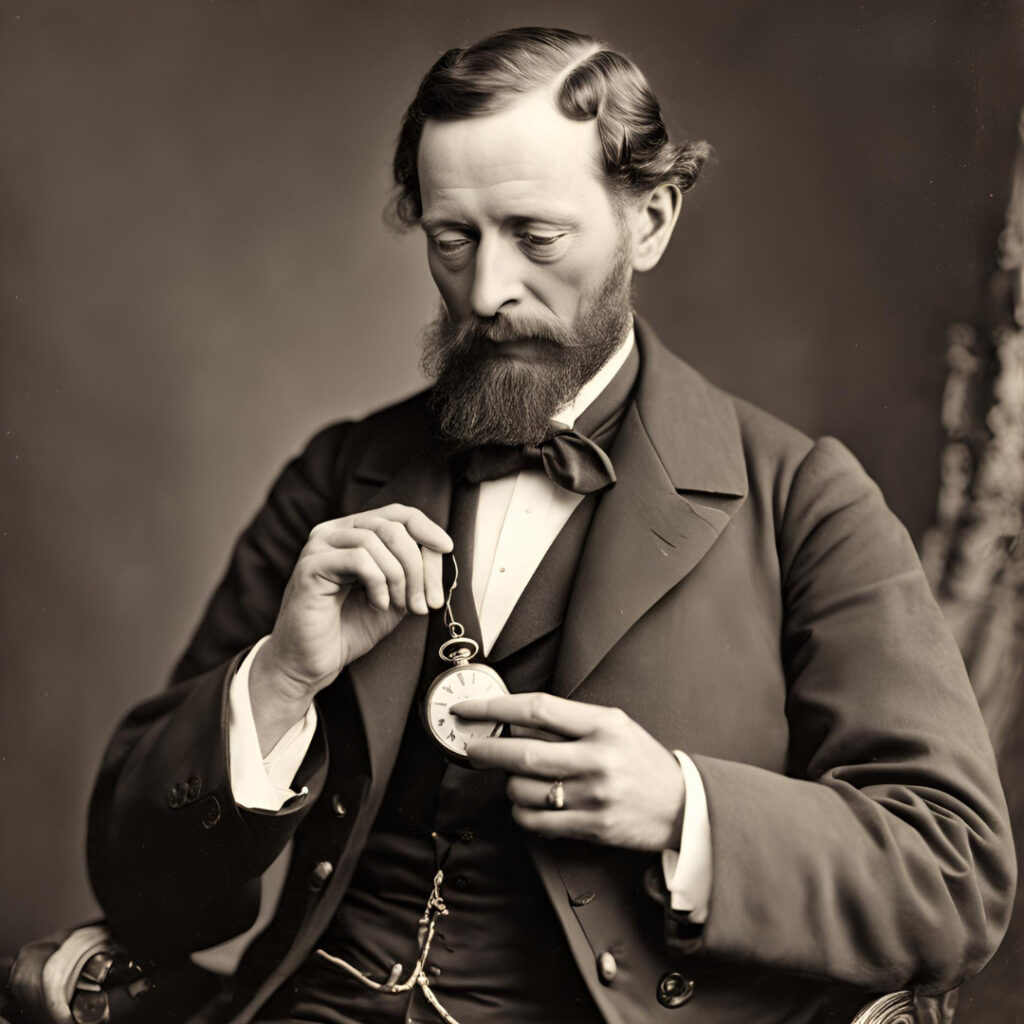
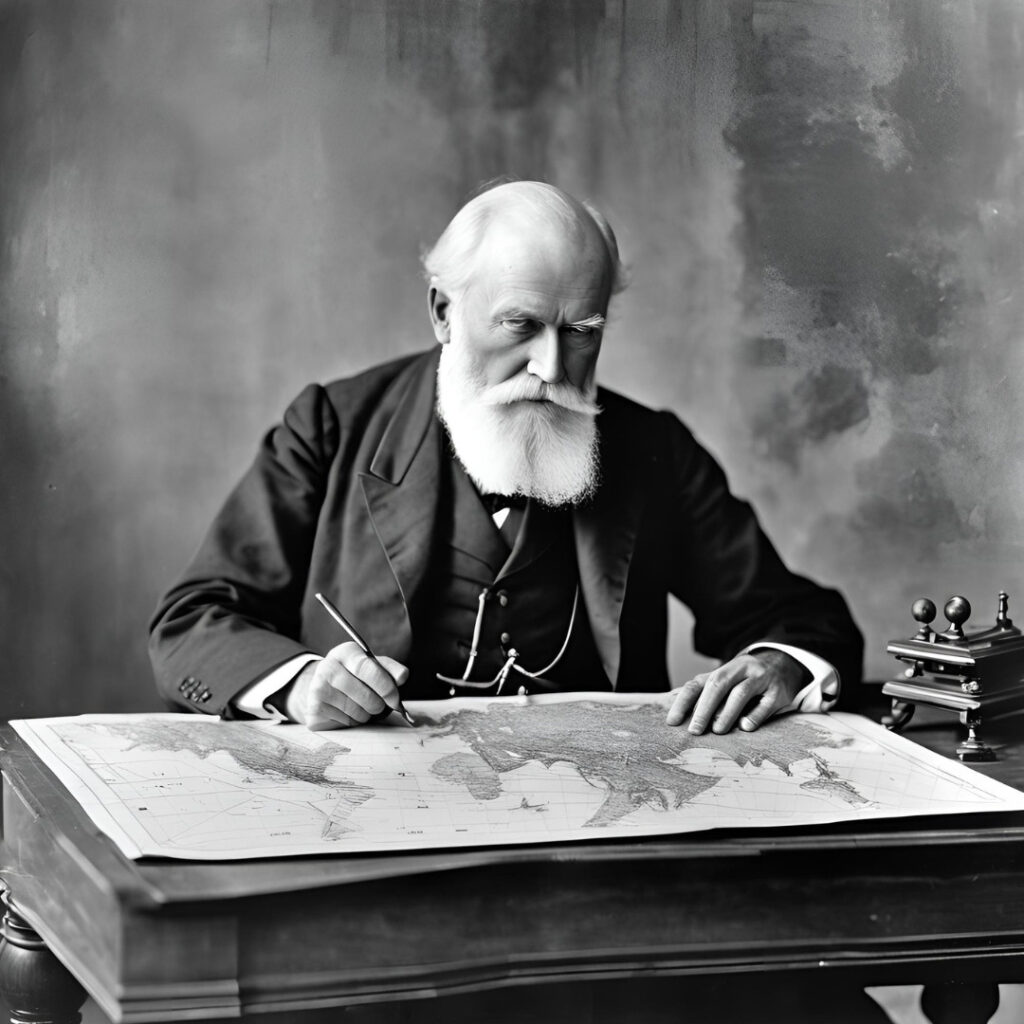
Pocket Watches
The 19th century saw the widespread use of pocket watches, which became a symbol of personal timekeeping. These portable timepieces were made possible by advancements in miniaturization and mass production techniques. The accuracy and affordability of pocket watches made them popular among the general public.
Railroad Time
The expansion of railroads in the 19th century necessitated the standardization of time. Different regions had their own local time, leading to confusion and scheduling problems. To address this, Sir Sandford Fleming proposed dividing the world into 24 time zones, each one hour apart. This system was adopted internationally at the 1884 International Meridian Conference, establishing Greenwich Mean Time (GMT) as the standard.
The Modern Era
Quartz Clocks
The invention of the quartz clock in the 1920s marked another leap forward in timekeeping accuracy. Quartz clocks use a quartz crystal oscillator, which vibrates at a precise frequency when an electric current is applied. These clocks are incredibly accurate, with an error of less than a second per day. Quartz technology is now used in most modern clocks and watches.
Atomic Clocks
The most precise timekeeping devices ever created are atomic clocks, which were first developed in the mid-20th century. Atomic clocks measure time based on the vibrations of atoms, typically cesium or rubidium. The International System of Units (SI) defines the second based on the frequency of cesium atom vibrations. Atomic clocks are used in various applications, including GPS satellites, telecommunications, and scientific research.
The Future of Timekeeping
Optical Clocks
Research in the field of timekeeping continues to push the boundaries of accuracy. Optical clocks, which use light waves instead of microwaves to measure time, promise even greater precision than atomic clocks. These clocks could eventually redefine the second and improve technologies that rely on precise time measurement.
Timekeeping in Space
As humanity ventures further into space, timekeeping will play a crucial role in navigation and communication. The unique conditions of space, such as microgravity and the vast distances involved, present new challenges for timekeeping. Developing reliable and accurate clocks for space missions will be essential for future exploration.
Cultural and Social Impacts of Timekeeping
Religious Practices
Throughout history, timekeeping has been closely tied to religious practices. Ancient civilizations used the movements of celestial bodies to determine the timing of religious rituals and festivals. In medieval Europe, church bells regulated daily life, signaling times for prayer, work, and rest.
Economic and Industrial Impacts
The Industrial Revolution brought about significant changes in the way people measured and perceived time. The shift from agrarian to industrial societies required more precise and standardized timekeeping to coordinate work shifts, transportation schedules, and economic activities. The introduction of factory clocks and time management systems played a crucial role in increasing productivity and efficiency.
Social Structures and Daily Life
Timekeeping has also shaped social structures and daily life. The establishment of standard time zones and the widespread use of personal timepieces, such as wristwatches, have synchronized activities across societies. The concept of “keeping time” has become integral to modern life, influencing everything from work hours to leisure activities.
Conclusion
The history of timekeeping is a testament to human ingenuity and the quest for precision. From ancient sundials and water clocks to the development of mechanical, quartz, and atomic clocks, each advancement has brought us closer to measuring time with greater accuracy. As we look to the future, the ongoing research in optical clocks and timekeeping for space exploration promises to continue this tradition of innovation. Understanding the history of timekeeping not only highlights the technological progress humanity has made but also underscores the profound impact that accurate time measurement has had on our societies and daily lives.
